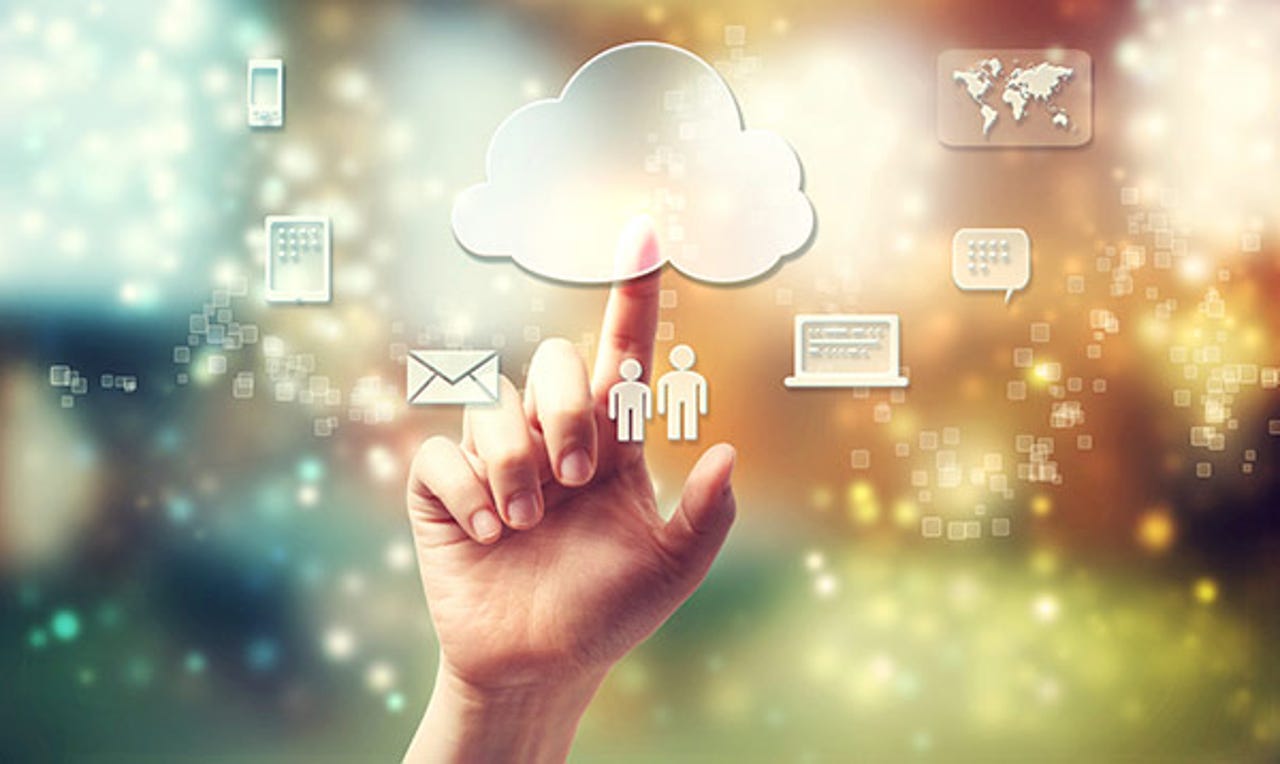It's a cloud desktop world: Get over it

Jason Perlow points out that without the cloud, the iPad Pro is just an executive's desk paperweight. He's right. But, guess what? Almost desktops are heading there, including those with Windows 10.

Before it, computing power and apps resided on mainframes and mini-computers. To access those resources we used dumb terminals. With PCs, control passed from the hands of the high-priesthood of IT to individual users.
Things change. We're heading back to our past.
Over the years several trends came together to undermine the PC. First, broadband fast enough to support software-as-a-service (SaaS) became commonplace. We may not like having only 4 to 6 Mbps on DSL, but that's fast enough to run text-based apps such as office-suites and e-mail.
At the same time, the rise of smartphones and tablets made it clear that, many, perhaps most of us, merely need to read or view data. Creating documents? Spreadsheets? Not so much. Lots of people need just enough of a computer to write short notes or to click radio-buttons.
The result has been PCs, as PCs, are on the decline. Instead we're switching to cloud-based devices. Some of these just happen to look a lot like old-style PCs.
People complain that devices like the iPad Pro or Chromebooks can't work without the cloud. They're only half-right.
You see, the truth is there's little any of us do in 2015 that doesn't require the Internet Oh sure, you can write a document in LibreOffice or Microsoft Office without a connection, but can you share it your co-workers? Send it to your boss? Get input from your partner? No, no, and no.
Today, almost all the work we do is done collaboratively over the Internet. And, the easiest way to do that is to return to a model where our applications live in a central location. In 1980 that way was on IBM 4331 mainframes, DEC's VAX-11/780s, and Tandem NonStop mini-computers. Today, that way is on the cloud with services such as Amazon Web Services, Microsoft Azure, and IBM BlueMix.
Yes, there are some applications that still work better on a standalone PC, but how many of them are you using? Unless your title is graphic designer or video editor, anything you're doing today can be done just as well with a SaaS application.
What a hybrid cloud is in the 'multi-cloud era,' and why you may already have one
Sure, there are some vertical applications that still require Windows or Unix front-ends, but there are getting to be fewer of them every day.
It's because of this trend that Chromebooks have been growing in popularity. And, if you look closely at Microsoft, they know this and they're moving away from a desktop-centric towards a cloud-service model as well.
Don't buy this theory? Take a long hard look at Microsoft's financial numbers. You'll see that customers are migrating quickly from Microsoft Office to Office 365.
Let's narrow our focus to Windows 10's most innovative feature: its speech-recognition assistant, Cortana. Sure, Google Now and Siri were there first, but Cortana is the biggest effort I've seen to date to combine speech-recognition and the desktop... except it's not really a desktop app. It's a hybrid cloud/desktop program.
As Microsoft explains, "When you use Cortana, Microsoft collects and uses information including your device location information and location history, contacts (People), voice input, searching history, calendar details, content and communication history from messages and apps, and other information on your device. In Microsoft Edge, Cortana collects and uses your browsing history. This information is saved on your device, in your Cortana Notebook, and in the cloud on the Bing.com dashboard."
This data is then used to personalize Cortana's ability to recognize things like names and carry that recognition across devices for you. It also improves the overall voice and handwriting recognition capabilities of Windows, with this "telemetry data" anonymized.
This shifting of data and analysis from the PC to the cloud is far from unique to Windows 10. Chrome OS, Mac OS X, and Windows, with the exception of most Linux desktops, all popular "desktops" are well on their way to becoming hybrid cloud/desktops. Like it or lump it, the future of the desktop lies both on your desk and on the cloud.
Related Stories: